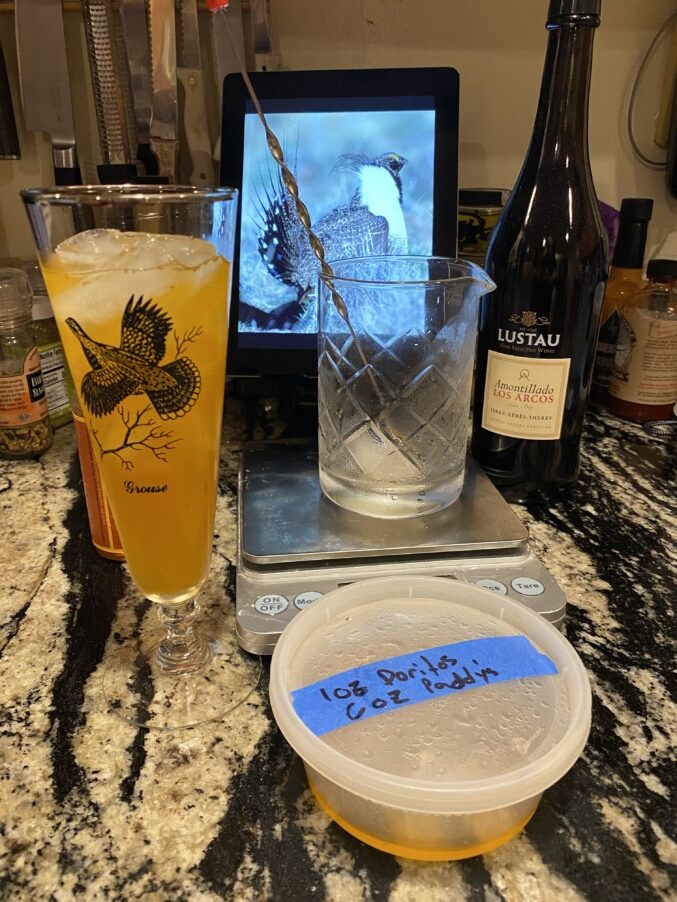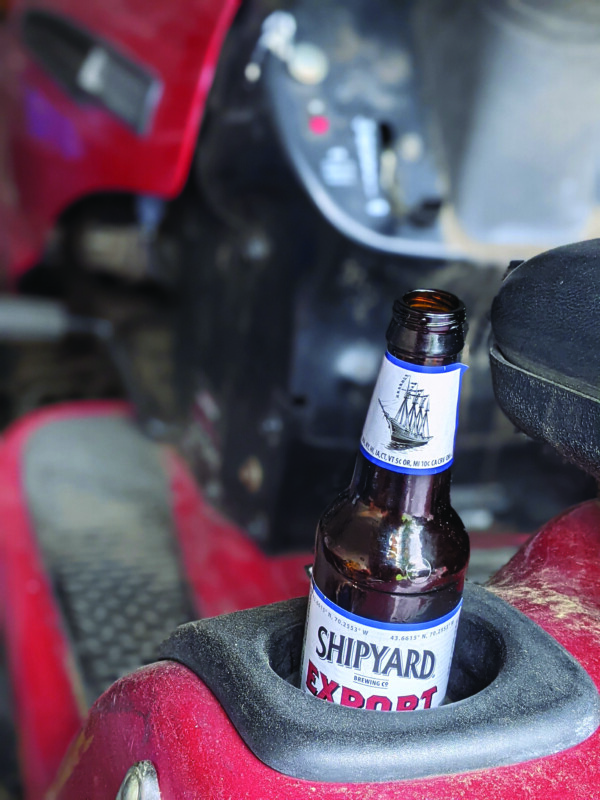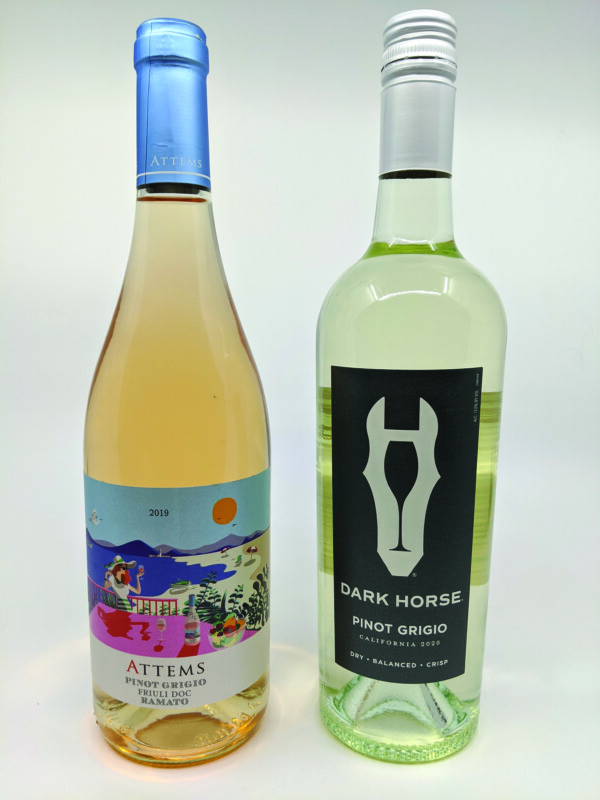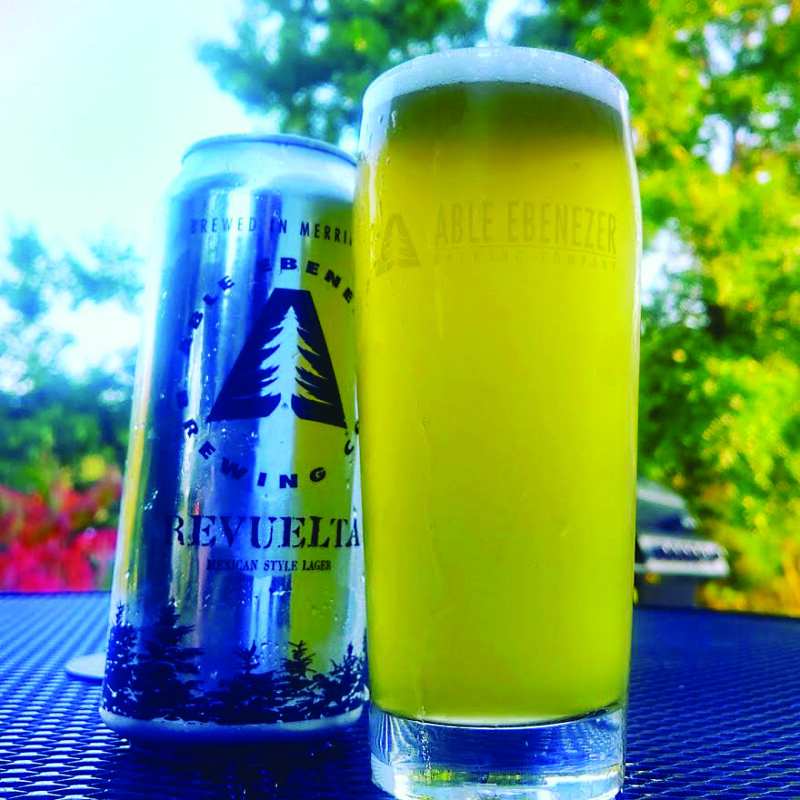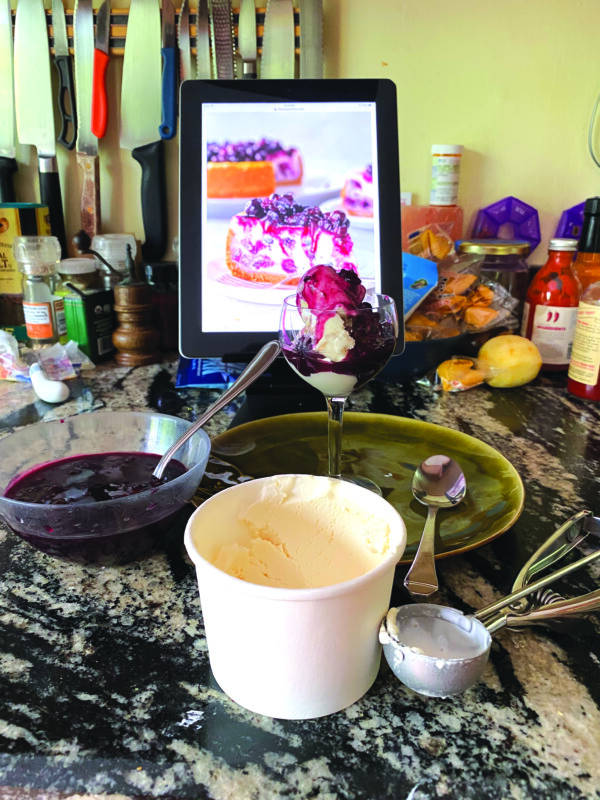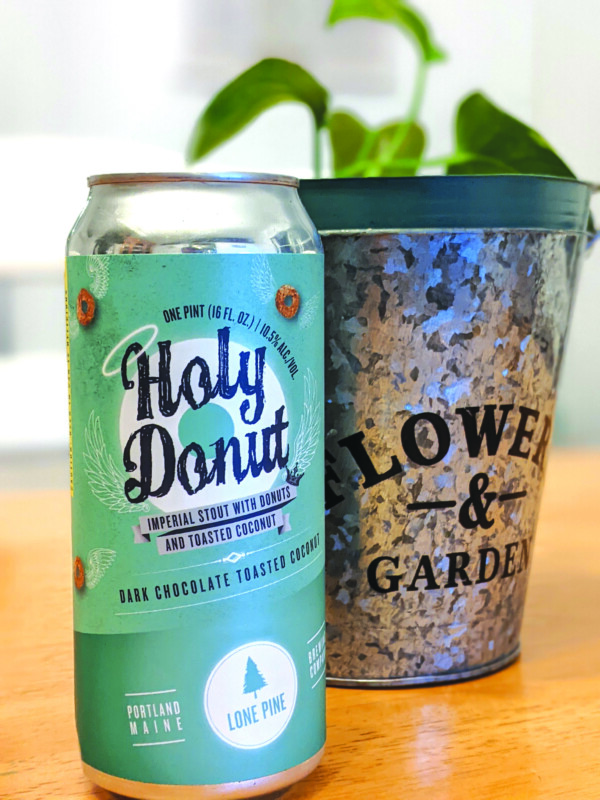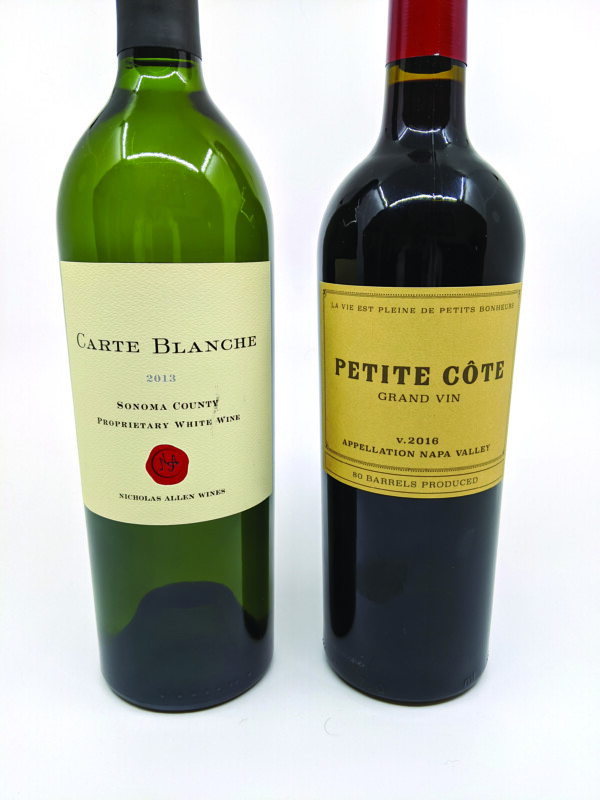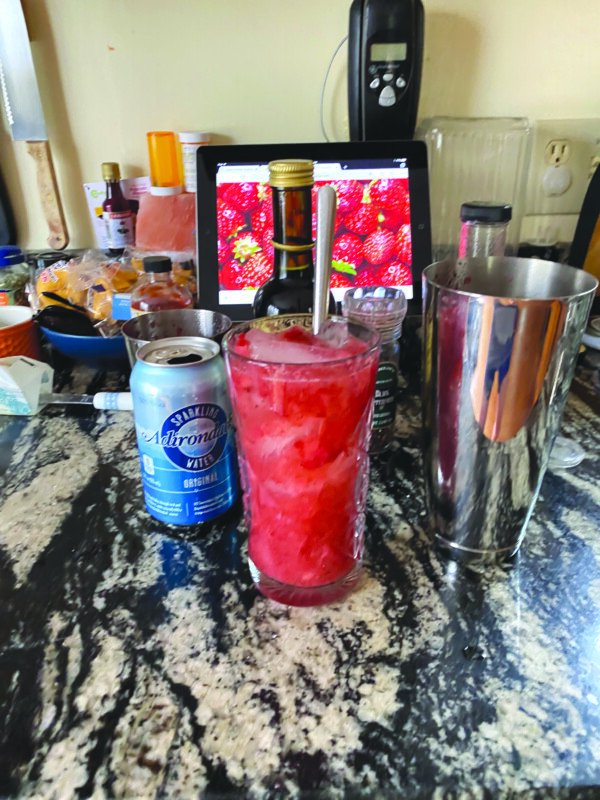As I left the house for my weekly outing to the flea market, the nightingale-like voice of my wife called out after me.
“Don’t buy anything stupid!”
This advice seemed misguided to me for two reasons: (1) buying something stupid is the whole point of a flea market, and (2) after 19 years of marriage, the idea that I could refrain from that kind of stupidity is optimistic to the point of fantasy.
To my credit, I kept a cool head for the first 20 minutes or so of browsing. But then I found this beauty — a tapered glass decorated with a grouse. You can tell, because it is labeled as such: “Grouse.”
In much the same way as some people talk about making eye contact with a puppy at an animal shelter and instantly bonding, the Grouse Glass and I shared an instant emotional intimacy. It fluttered its way into my heart.
Which is how Grouse Glass came home with me. Now, at this point, you are probably expecting a rambling story about my spirited defense of Grouse Glass to my wife, or a pun on the fact that “grouse” rhymes with “spouse,” but you will be disappointed, because I snuck it into the house when she was busy and hid it in with the other glassware in our dining room. Now, Grouse Glass is mine and I am its and a practical matter needs to be sorted — to wit, what to drink from it.
A brief internet search for grouse-themed cocktails was unexpectedly successful. As it turns out, there are a number of whiskeys named after grouse — Famous Grouse, Naked Grouse, etc. — largely connected to the image of tweedy aristocrats shooting them. In consequence, there have been a number of cocktails named after them.
I took a recipe that was weird as snake sneakers to begin with and started playing with it. I ended up with something that is solidly good but that no self-respecting grouse would have anything to do with.
Grouse With No Self-Respect
This is based on a drink called the Dirty Bird. I have made a great number of changes and substitutions. Clearly the Grouse is not the only one lacking in self-respect.
Ingredients:
2 ounces Doritos-infused Irish whiskey (See below. No, really. It will be OK.)
¼ ounces dry sherry — I used amontillado
1/3 ounce fig syrup (see below)
3 dashes (30 drops) cardamom or Angostura bitters
1 dash (10 drops) Tabasco sauce
Mix all ingredients in a mixing glass with ice. Stir until thoroughly chilled and a little diluted.
Pour everything, including the ice, into a chilled Grouse Glass. If you do not have a grouse glass, a rocks glass will do.
Garnish and serve on a plate with Fig Newtons.
OK, you’re going to have to have a little faith on this one.
The original recipe called for infusing a grouse-named whiskey with kettle corn. I tried it — and it was fine — but it was understated, and this does not seem to be an understated drink. I got to thinking, “The corn idea is solid, but is there a way of giving it some oomph?” Hence, the Doritos.
Stay with me; we’ll get through this together.
The fig syrup is the secret star here. The whiskey hits your palate first, followed by the — believe it or not — somewhat subtle Doritos flavor, but the fig aftertaste is what makes this drink really interesting. It leads to a second sip, then a third. The bitters keep it from being too sweet, and the Tabasco adds a tiny amount of zing that keeps it from tasting a little flat.
Self-respect is overrated.
Doritos-infused whiskey
Combine one 1-ounce packet of Nacho Cheese Doritos and 6 ounces of Irish whiskey in a small jar.
Seal and store someplace cool and dark for one week, shaking it twice per day.
Strain and bottle it. (Don’t stress about how little whiskey you end up with. You like whiskey; it turns out that Doritos like whiskey. They deserve a little something for the sacrifice they have made.
Fig syrup
Combine two parts fig jam to one part water in a small saucepan over medium heat.
Boil until the jam is as dissolved as possible. Depending on what brand of jam you are using, there may or may not be chunks of fig left, after it is syruped.
Strain and bottle. Don’t worry about any tiny fig seeds — that’s what helps keep this figgy — but actual chunks of figs would probably be off-putting in the final cocktail.
Featured photo: Grouse. Photo by John Fladd.

